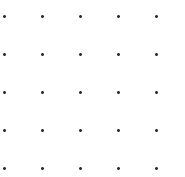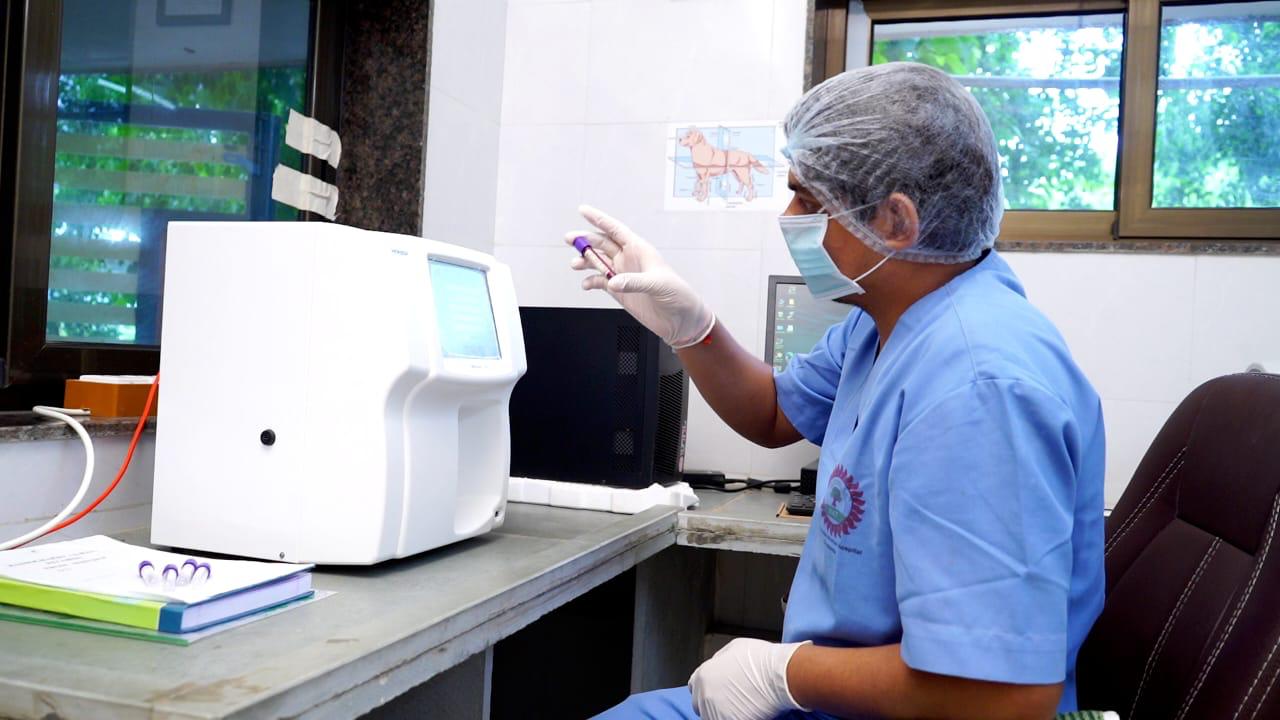
Dawn breaks gently over Brahmanand Gaushala, but our dedicated team has already been active for hours. For many, our cow sanctuary might seem like a peaceful retirement home for cattle, but the reality involves intensive care, meticulous planning, and unwavering dedication. Today, we invite you behind the scenes to experience a typical day in our mission to protect and serve Gau Mata.
5:00 AM: Early Morning Rounds
As the first light appears on the horizon, our night staff concludes their shift by briefing the morning team about any developments with animals requiring special attention. Our head caretaker, Mohan Ji, who has served at the Gaushala for over 20 years, leads the first inspection of the day, checking on:
Cows that received medical treatments the previous day
Any new rescues still adjusting to their surroundings
Elderly cows who might need additional comfort
"The early morning hours are peaceful," Mohan Ji shares. "This is when we can connect individually with each cow, observe their behavior, and notice any changes that might indicate health concerns."
6:30 AM: Feeding Time
Nutrition is fundamental to recovery and wellbeing. Our feeding program isn't one-size-fits-all – it's carefully tailored to each animal's specific needs:
Standard Feed: Healthy adult cows receive a mixture of fresh green fodder, dry hay, and nutritional supplements
Specialized Diet: Pregnant cows, nursing mothers, and seniors receive enhanced nutrition with additional proteins and minerals
Medical Diet: Cows recovering from illness or injury receive customized diets developed by our veterinary team
Hand-Feeding: Severely injured or very elderly cows who cannot feed themselves are gently hand-fed by our dedicated caregivers
"Each cow has her chart with specific dietary requirements," explains Sarita Devi, our nutrition specialist. "We monitor their weight and adjust their diets accordingly. Proper nutrition is often the difference between recovery and decline for injured animals."
8:00 AM: Medical Treatments
Our veterinary team, led by Dr. Priya Shah, begins their rounds. The hospital area becomes a hub of activity as treatments are administered:
Wound dressings for accident victims
Medication for cows with internal ailments
Physical therapy for those recovering from injuries
Surgical interventions for critical cases
"Some days we perform up to five surgeries," Dr. Shah notes. "From removing foreign objects they've ingested to treating complicated fractures – our facility handles cases that would have been fatal just a few years ago."
The most challenging part? "Many rescued cows arrive traumatized from neglect or abuse. Building their trust takes time, but it's essential for successful treatment."
11:00 AM: Rescue Team Dispatch
Our rescue team remains on call 24/7, but late morning typically sees them responding to reports of injured or abandoned cows. Equipped with a specially designed ambulance, the team includes:
A veterinarian for immediate assessment
Trained handlers for safe transport
Essential medical supplies for emergency treatment
"Time is critical in rescues," explains Rohit, our rescue team leader. "We need to stabilize the animal before transport, especially in accident cases. Sometimes we treat them on-site for hours before they're stable enough to move."
The team may respond to 3-5 calls on an average day, traveling across Junagadh and neighboring areas to reach animals in distress.
2:00 PM: Facilities Maintenance
Maintaining a clean, hygienic environment is crucial for the health of our residents. Our maintenance team works continuously to:
Clean shelters and replace bedding
Manage waste through our biogas and composting systems
Repair and upgrade facilities
Maintain the grazing areas and exercise yards
"We've developed systems to convert cattle waste into valuable resources," shares Prakash, our facilities manager. "The biogas powers our kitchen, and the compost nourishes our fodder fields. It's a sustainable cycle."
4:00 PM: Afternoon Care and Community Visitors
The afternoon brings a gentler pace as cows rest in shaded areas. This period is often when we welcome visitors:
School groups learning about animal welfare
Families participating in go-seva (cow service)
Volunteers assisting with grooming and comfort care
Potential donors witnessing our work firsthand
"These interaction hours are important," notes our community coordinator, Meera. "They connect people with our mission and help build a community of supporters. Many of our most dedicated volunteers started as curious visitors."
6:00 PM: Evening Routines
As daylight fades, the evening brings:
Second major feeding of the day
Final medical checks
Moving vulnerable cows to protected night shelters
Preparing treatment plans for the night staff
9:00 PM: Night Watch Begins
While most of the sanctuary settles into quiet, our night team takes their positions, especially vigilant over:
Cows in critical condition
Pregnant cows nearing delivery
New rescues still adjusting
"The nights can be challenging but rewarding," shares Dipak, who has served on our night team for five years. "I've helped deliver countless calves and sat with injured cows through difficult nights. When a cow that arrived barely alive eventually recovers enough to join the herd, there's no better feeling."
The Unseen Emotional Labor
What visitors don't always see is the emotional investment of our team. "We form bonds with these animals," Dr. Shah acknowledges. "When we lose one despite our best efforts, it affects everyone. Yet it's this very attachment that drives us to provide the best care possible."
This glimpse behind the scenes reveals the complexity of cow protection work. It's not merely sheltering animals – it's a comprehensive system of healthcare, nutrition, rescue, rehabilitation, and education, all sustained by the dedication of people who see divinity in every cow under their care.
If you're inspired by our work, consider joining us – whether through donations, volunteering, or spreading awareness about our mission. Every contribution helps us continue this essential service to Gau Mata.



